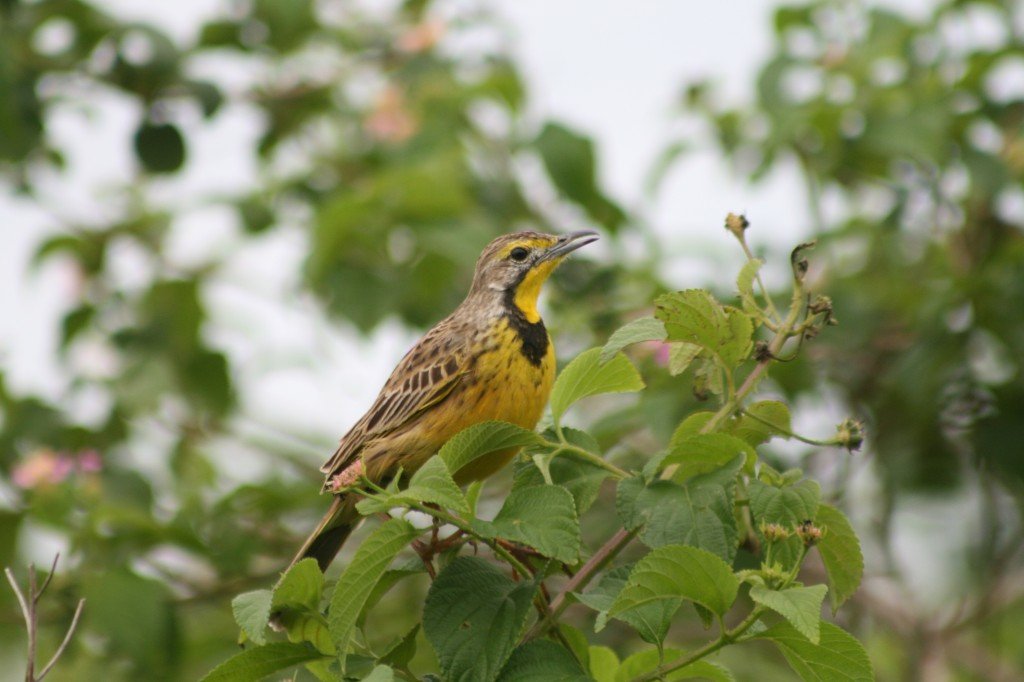Donald blown away by passion at Jozi Cup coaching session 0
Allan Donald has seen a lot in a legendary career that has taken him all over the world, but he admitted to being blown away by the passion with which the youngsters he was coaching recently at the DP World Wanderers Stadium are chasing their cricket dreams.
DP World Lions bowling coach Donald, as well as the men’s team’s head coach Russell Domingo, conducted a coaching clinic as a reward for the winners of the best batter and bowler awards in each division of the Diadora Jozi Cup held over the winter. Donald said it was a most rewarding experience for himself as well.
“It was a lot of fun because it’s not every day that I get to work with youngsters. The passion for DP World Lions cricket was just extraordinary, the enthusiasm and love for the game. And also their knowledge of the game, they were all talking about their heroes.
“You tend to think that everything is about the Springboks these days, so it was refreshing and really cool to see that passion for cricket. It stems from the schools and it tells me how the schools look after their facilities and the level of coaching, including the pipeline coaches. It shows that we have a proper cricket culture in this province. There’s a lot more talent in our cricket than people think.
“I just really admire the work Jono Leaf-Wright [CEO] puts into the pipeline, he doesn’t get enough credit for it. Russell says the same thing, it’s a real eye-opener. I was stunned by the amount of leagues, blown away. I had heard about the Diadora Jozi Cup but it has really struck me how much effort the DP World Lions put into it, their heart and soul. And there’s also the Black Widow League.
“I haven’t seen this sort of well-run effort before and it’s a bit of a culture shock, in a good way of course,” Donald said.
Retaining all this talent in the great game is vital and Donald is mindful of how the different levels of cricket have different needs.
“It’s not often that I get to coach at this junior level, maybe 2% of the time, so you hope to influence them positively. Then again we even had one of the Over-40 winners batting in the nets!
“But with the little guys I stay away from technique because they won’t really understand those details until they are more senior. It’s just cool to see them enjoying themselves and it’s amazing how quickly they adopt what you are telling them. They must be allowed to fail; I was lucky I didn’t have parents or uncles or grandparents in my ear all the time when I was growing up.
“But it shows how healthy our school system is and hopefully they can get a lot more exposure, like schools rugby does on TV, that takes things to a different level. The problem with cricket is when the players leave school and go to Varsity, they get lost and despondent that they’re not being looked at. These players who are adrift in the system is why the academy was brought back,” Donald said.
Reuben Mandlazi, the DP World Lions amateur cricket manager, was a proud onlooker at the coaching session.
“This is testament to the work of the Diadora Jozi Cup, which caters for everyone from U11s to veterans. Cricket is our core business at the Lions, we have to ensure the game gets stronger and I’m excited where this is going – it is a feeder to our clubs and our pipeline. I’m very pleased, even though there is still a lot to improve on in certain areas.
“This is the first time we have had this MVP experience for the best batter and bowlers in each division, and any aspiring youngster could not ask for more than to be coached by Russell Domingo and Allan Donald. They understand what it takes to get to the top, they know what high-performance cricket takes,” Mandlazi said.

